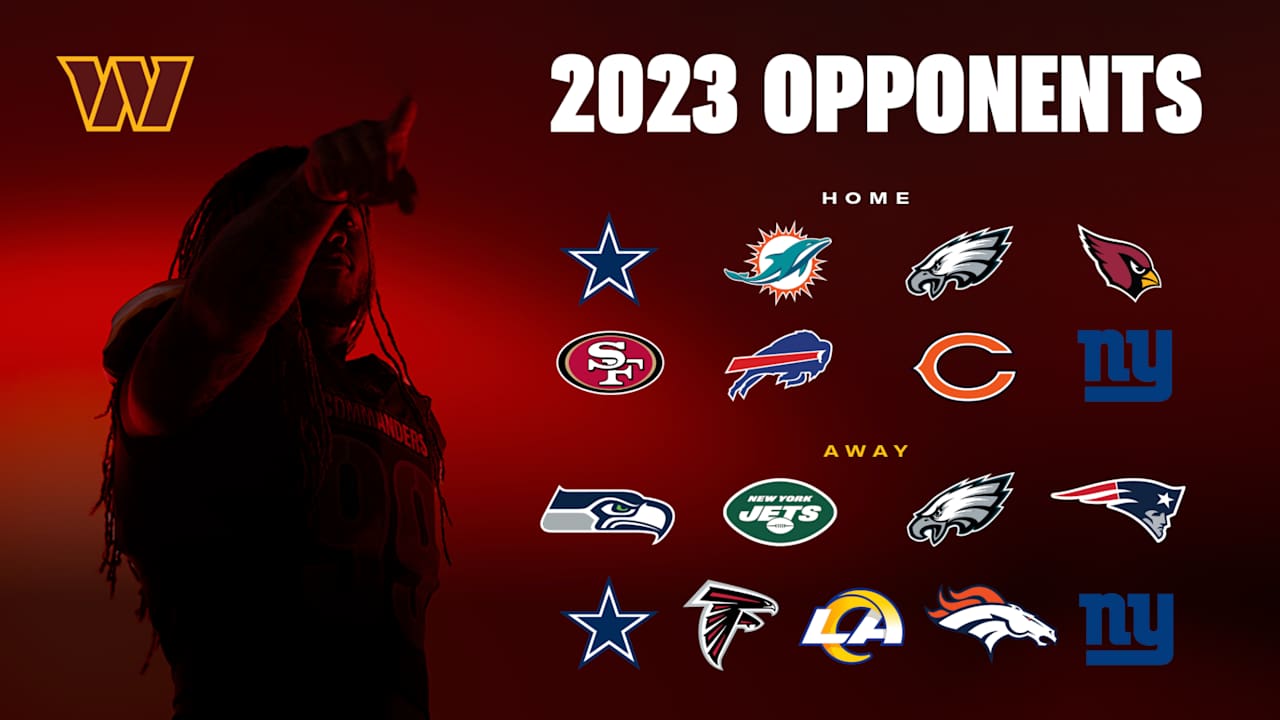Kogi Central Senator Recall: A Daunting Ten-Step Journey

The Uphill Battle to Recall Senator Natasha Akpoti-Uduaghan
Alright, folks, let's talk about what's happening in Kogi State. The push to recall Senator Natasha Akpoti-Uduaghan from her position in the Senate has hit some serious roadblocks. Those trying to get her out of office are now facing a ten-step process laid out in the 1999 Constitution (as amended) and the Electoral Act of 2022. It's like climbing a mountain, and they've only made it to the third step so far. There’s still a long way to go.
Let me break it down for you. The recall process is governed by Sections 69, 110, and 160 of the 1999 Constitution, along with Sections 2(c) and 113 of the Electoral Act. These sections empower the Independent National Electoral Commission (INEC) to set the rules and guidelines for recalling members of the National Assembly, State Houses of Assembly, and Area Councils in the Federal Capital Territory (FCT). It’s not just about waving a flag and shouting for change—this is a detailed, legally-driven process.
The Ten Steps to Recall: A Closer Look
Now, let’s dive into the nitty-gritty of Section 69 of the 1999 Constitution. This section spells out ten very specific and complex steps that must be followed to successfully recall a senator. Here’s what it takes:
Read also:Greta Gerwigrsquos Net Worth In 2024 A Journey Of Creativity And Financial Success
Step 1: The Petition
The journey starts with a petition. More than half of the registered voters in the senator’s constituency need to submit a petition to INEC. The reason? They’ve lost confidence in their senator. Think about that for a moment—it’s not just a handful of people; it’s a majority of voters saying, "We don’t trust you anymore." That’s a big deal.
Step 2: The Signature Dance
Once the petition is ready, it needs signatures. But it’s not as simple as getting a bunch of random signatures. These signatures must be arranged by polling units, wards, local government areas, and the entire constituency. It’s like organizing a massive puzzle where every piece has to fit perfectly.
Step 3: INEC Steps In
Once INEC receives the petition, they notify the senator that there’s a move to recall them. It’s kind of like getting a letter saying, "Hey, some people want you out of here." The senator now has the chance to prepare their defense or take action to address the concerns.
Step 4: Setting the Stage for Verification
INEC then announces a specific date, time, and location for verifying the signatures on the petition. This is a crucial step because it ensures that the signatures are genuine and belong to actual voters. It’s like checking every ticket at the door to make sure only the real guests are allowed in.
Step 5: The Verification Process
At the designated locations, INEC verifies the signatures. But here’s the catch—only voters whose names appear on the electoral register can have their signatures counted. If your name isn’t on that list, your signature doesn’t count. It’s strict, but it’s fair.
Step 6: The Referendum Threshold
If the number of verified signatures is less than half of the registered voters, INEC sends a letter to the petitioners saying, "Sorry, but you didn’t meet the minimum requirements for a referendum." The petition is dismissed, and that’s the end of the road for the recall effort.
Read also:Greg Laurens Multifaceted Journey Net Worth Career And Creative Ventures
Step 7: Moving Toward a Referendum
But if more than 50% of the signatories are verified, INEC schedules a referendum. This is where the real action happens. The referendum is a straightforward “yes” or “no” vote on whether the senator should be recalled. A simple majority of registered voters decides the outcome. But here’s the kicker—50% of registered voters must participate in the referendum. That’s a high bar to clear.
Step 8: Conducting the Referendum
INEC has 90 days from the receipt of the petition to conduct the referendum. It’s a race against time, and everything needs to be in place. The outcome hinges on voter turnout. If fewer than 50% of registered voters show up, the recall effort fails. It’s like hosting a party where half the guests need to show up for it to be a success.
Step 9: The Recall Certificate
If the majority of voters in the constituency vote “yes” for recall, INEC issues a Certificate of Recall to the Senate President. It’s like handing over the keys to the castle. The senator is officially on their way out.
Step 10: The Final Goodbye
The Senate President then formally removes the senator from office. It’s the end of the road for the senator, and a new chapter begins for the constituency.
The Voter Turnout Challenge
Here’s the thing about the referendum process—it demands a lot from the voters. For Kogi Central, 237,277 of the 474,554 registered voters need to cast their ballots. That’s a tall order. In the 2023 general elections, voter turnout in Kogi Central was only about 27%. While not all registered voters are required to participate in electing legislators, the recall process demands a much higher threshold. It’s like asking a room full of people to raise their hands, but only half of them actually do it. The challenge is clear, and the stakes are high.
So, there you have it. The recall process is a marathon, not a sprint. It requires patience, organization, and a lot of effort from both sides. Whether you support the recall or not, it’s important to understand the gravity of this process and the challenges it presents.
PDP Chieftain Bode George Slams Recall Process Of Senator Natasha Akpoti-Uduaghan
Edo State Election Drama: Tribunal Shuts Down Petition
Suspended Kogi Central Senator Vows To Celebrate Eid-el-Fitr Amid Rising Tensions


